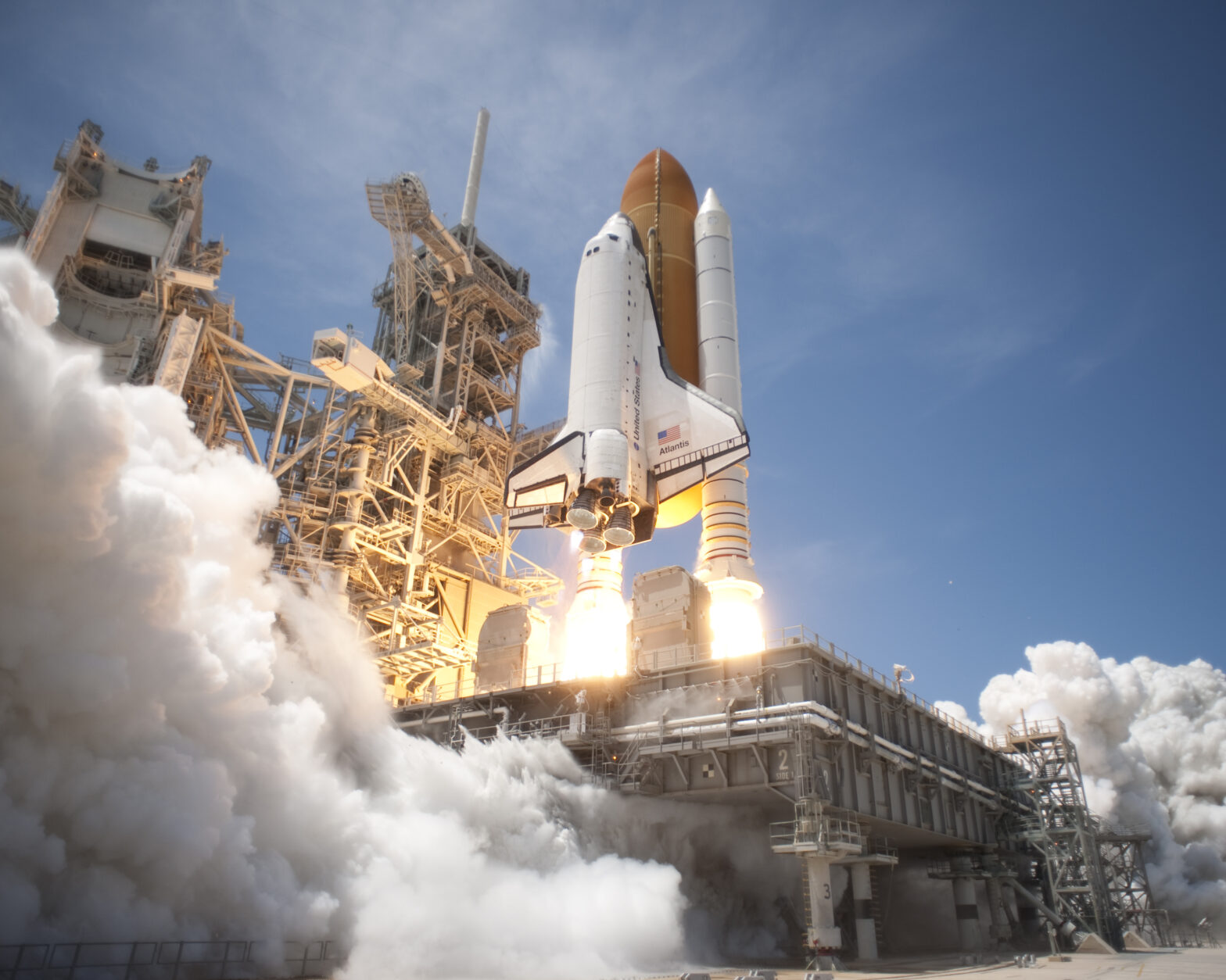On board Atlantis for its final mission – to test robotic refuelling equipment in space – were computers almost as old as the shuttle programme itself. Supporting the shuttle’s flight control system are five IBM AP-101s, 25-year-old avionics computers whose technical specifications are exceeded by today’s average smartphone.
While the shuttle is in flight, four of the five computers operate in sync, checking each other for faults 500 times a second (a modern PC could do this billions of times per second). If one of them fails, the other three kick it out of the system.
The fifth computer runs the Backup Flight System (BFS), which is built using the same hardware but uses entirely separate software. It takes over in the event of all four AP-101s failing, something that has never happened on any shuttle mission.
That reliability is one reason why NASA has never replaced the five AP-101s. Another is that developing a new system that meets NASA’s strict requirements for flight certification would be prohibitively expensive, especially when the old system still does the job satisfactorily.
NASA has upgraded the system a few times over the years, bringing the reliability of the system up to 10,000 hours (just over a year) mean time between failures.
In the 1980s, astronauts on NASA’s shuttles were among the first ever laptop users. Early missions carried a device called a Grid Compass, a portable computer with half a megabyte of RAM, no hard drive and a 1 kilobit modem, which at the time cost around $8,000.
Today, NASA uses IBM ThinkPads for space operations, and the International Space Station has a Wi-Fi network delivering speeds equivalent to those of home broadband.
NASA’s approach to in-flight IT therefore resembles the architecture of many an enterprise organisation – innovation at the periphery, with solid, reliable and ancient technology at the core.










